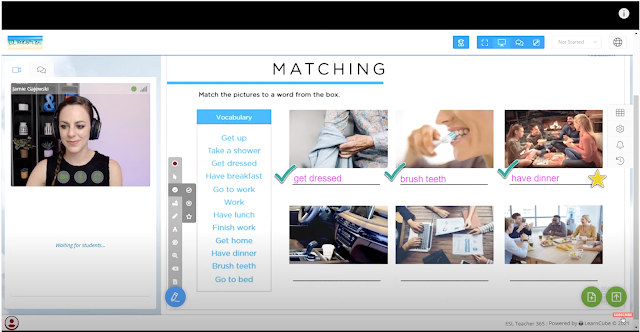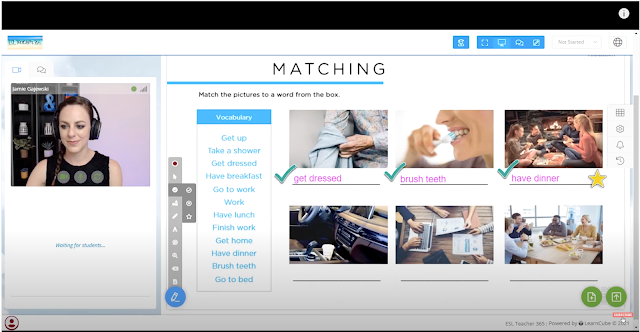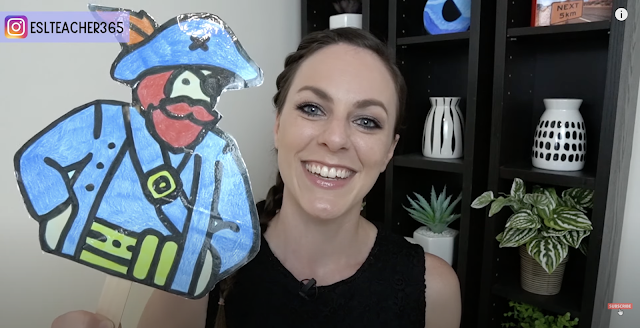Teaching English to kids through a virtual classroom doesn't have to be an overwhelming experience if you have the right ideas and use a bit of creativity.
Jamie Gajewski, an experienced online English teacher, brilliantly shows us her best tips to plan and conduct a fun class for children and young adults while using LearnCube Virtual Classroom features (and our Premium ESL content).
As an online English teacher, keeping your young learners engaged and motivated throughout the lesson can be a challenging task. Without interacting with learners, it can be difficult to gauge your students' interest and attention levels, which can result in distractions and a lack of focus.
One effective way to combat this is by setting clear rules and expectations from the start of the class. By doing so, you can establish a framework for your students to follow and ensure that everyone is on the same page. This can also help to minimise disruptions and keep the lesson running smoothly, allowing you to focus on delivering high-quality instruction.
In addition to setting clear rules and expectations, another way to keep your students motivated is by using digital rewards. With the help of virtual clasroom tools and platforms, you can create a reward system that incentive kids to actively participate and engage in the lesson. Digital rewards can take many forms, such as badges, certificates, or points, and can be awarded for various accomplishments, such as answering questions correctly, completing assignments on time, or displaying good behavior. These can be in the form of images that you can drag and drop in a virtual classroom software like LearnCube's.
By incorporating digital rewards into your teaching strategy, you can create a sense of competition and excitement in the online classroom, which can lead to increased kids engagement and a more exciting learning environment.
Jamie's favourite tips
- Set clear rules and expectations from the start of the class to make sure everyone is on the same page and the whole lesson runs smoothly.
- Use digital rewards to motivate students:
- Use your webcam in creative ways, taking advantage of the different classroom formats available on LearnCube.
- Create "brain breaks" to help the class relax between exercises and avoid tediousness. (stretch, breathe, sing!)
- Use your students' favourite characters as part of the class to retain their attention. (e.g. copy and paste images from any site on the whiteboard).
- Make everyone participate using the different whiteboard tools available and encourage them to be creative!
- Use physical props as part of the class.
- Change your voice to change the mood and ask them to play with you so the class doesn't become monotonous.
- Make printables to complement your lessons and have fun with them!
As Jamie, many experienced teachers have learnt over time that the different tools a Virtual Classroom offers can be used in multiple creative ways to create fun and fresh encounters with young students. We loved her video and thought to share it with our community and spread the word about her fabulous work!:
In conclusion:
Keeping young learners interested can indeed be a bit of a challenge. Still, once you get the right formula, your classes will become a unique space where your students will thrive and want to keep returning.
Please let us know your own tips, and if you use some of Jamie's ideas, we'd like to hear how your students enjoyed them!
Happy teaching!
Note: Jamie Gajewski is a Certified US Teacher, Coach and Content Creator currently based in Australia. On her website www.eslteacher365.com she shares her extensive knowledge on teaching abroad and online teaching, with hopes to help fellow educators achieve their dreams.
If you'd also like to see her review our Online School Lite, please don't miss this video.



